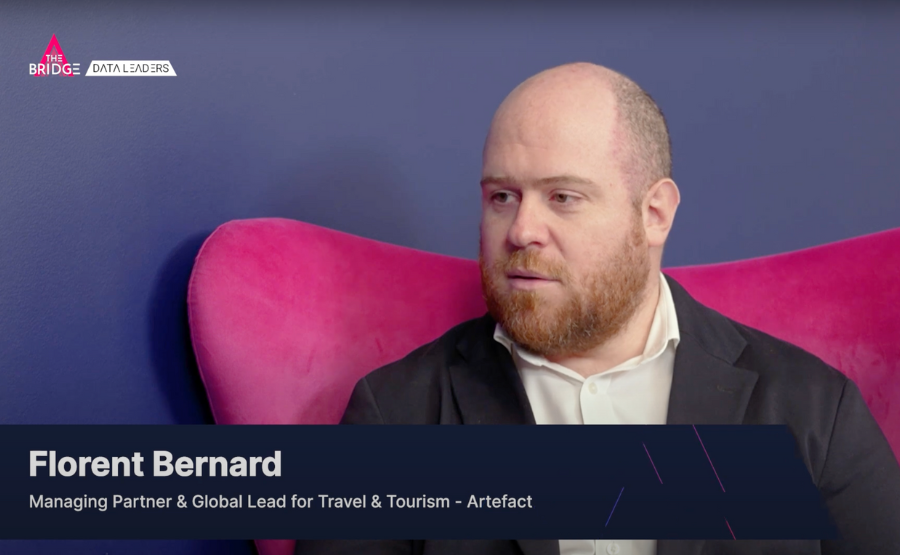Florent Bernard is Managing Partner and Global Co-Lead of the Travel, Tourism & Transportation Practice at Artefact. Since joining the company in September 2022, he has spearheaded Artefact’s work in large-scale data transformation projects, supporting clients such as Accor, Groupe Barrière, VINCI Airports, Air France, and SNCF in redefining their data strategies.
With an MBA from INSEAD and an engineering education from ETH Zürich, Florent blends strategic expertise with a deep technical background. He previously worked at McKinsey & Co’s Digital Practice and has entrepreneurial experience in the construction sector.
In this interview for The Bridge with Caroline Goulard, Co-founder and CEO of Modality and Dataveyes, Florent discusses data applications in the travel and tourism sector today:
- Unified data architecture;
- Predictive analytics;
- Data clean rooms, CDPs, Content Management Platforms;
- AI-powered flight route optimization:
- Generative AI-enhanced customer experiences.
From data collection to intelligent decision-making
One of the biggest challenges for the travel and transportation sector is not just collecting data but making it usable. Organizations often struggle with fragmented data ecosystems: multiple legacy systems, data silos, inconsistent governance structures. To combat this, building a unified data architecture that allows for real-time integration and advanced analytics is essential.
A core focus is helping businesses transition from basic reporting tools to AI-driven decision-making. Florent’s team works with clients to implement predictive analytics, demand forecasting, and dynamic pricing models, ensuring that data is not just historical but forward-looking.
For example, Artefact has supported major airlines in optimizing revenue management through AI-powered demand sensing. “By integrating external signals like weather patterns, competitor pricing, and macroeconomic trends, we can enhance pricing strategies and improve seat occupancy rates,” Florent notes.
To fully harness the power of data, organizations need three technological building blocks:
- Data Clean Rooms: Secure environments where multiple parties can analyze and share anonymized data without exposing personally identifiable information (PII), essential for privacy-compliant collaboration.
- Customer Data Platforms (CDPs): Systems that unify customer data from multiple touchpoints, enabling more precise segmentation and personalized marketing.
Consent Management Platforms: Tools that ensure customer data is collected and processed in compliance with global data privacy regulations, such as GDPR.
Ai-powered optimization: balancing efficiency and sustainability
AI has potential in multiple use cases for the tourism industry:
Predictive maintenance: For rail operators and airlines, unplanned maintenance leads to delays, increased costs, and customer dissatisfaction. AI models can predict component failures before they happen, allowing companies to take proactive measures and reduce downtime.
Flight route optimization: AI can help airlines navigate the trade-off between punctuality and fuel efficiency. AI can help airlines optimize the balance between accelerating to avoid a costly delay or accepting a minor delay to conserve fuel.
Contrails: Contrails are the white streaks behind aircraft that account for about a third of aviation’s carbon footprint. AI has demonstrated that by adjusting flight altitudes based on atmospheric conditions, airlines can cut contrail formation in half while only slightly increasing fuel consumption.
Generative AI: Enhancing the traveler experience
While much of the AI discussion focuses on operational efficiency, there is also a major role for generative AI in improving customer experiences. Florent identifies key moments in the traveler journey where generative AI is making an impact:
- Travel inspiration: AI can provide personalized travel suggestions based on a user’s budget, travel preferences, and constraints. “For example, a traveler might ask: ‘I have €800, three days, and want to stay within 200 km—where should I go?’ AI can instantly generate tailored recommendations,” Florent explains.
- Travel assistance: AI-powered virtual assistants can respond to customer queries in real-time, answering questions such as “What’s the luggage policy?” or “What are the refund rules?” Acting as a digital concierge, they can offer personalized recommendations for restaurants and activities, and even provide translation services. Their use improves response times and enhances customer satisfaction.
Breaking down barrier to AI adoption
While the benefits of AI-driven data transformation are clear, many organizations face significant obstacles in implementation. One major challenge is resistance to change. “People often fear that AI will replace jobs, but in reality, it enhances decision-making and allows employees to focus on higher-value tasks,” Florent notes. “A key part of our role is guiding companies through this transition—ensuring that technology adoption is accompanied by training and cultural change.”
Another common challenge is regulatory compliance, particularly in industries like aviation, where data security and privacy are paramount. Florent works closely with clients to ensure that AI deployments meet industry standards and adhere to strict governance policies.
The future of AI in travel and toursim
The travel industry is only at the beginning of its data and AI transformation journey. Florent predicts greater integration of AI with IoT devices such as sensors and smart cameras, enabling real-time tracking of passenger flows, automated check-in experiences, and even smarter urban mobility solutions.
“We’re moving towards a world where every aspect of travel will be hyper-personalized and optimized through AI,” he says. “The winners will be those who not only collect data but truly leverage it to enhance the customer experience and operational efficiency.”

 BLOG
BLOG



